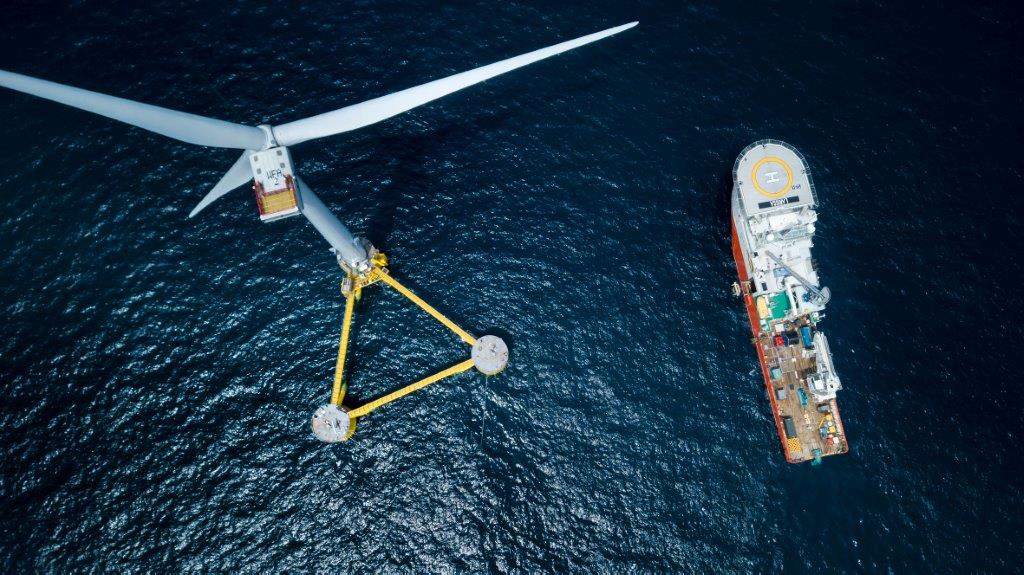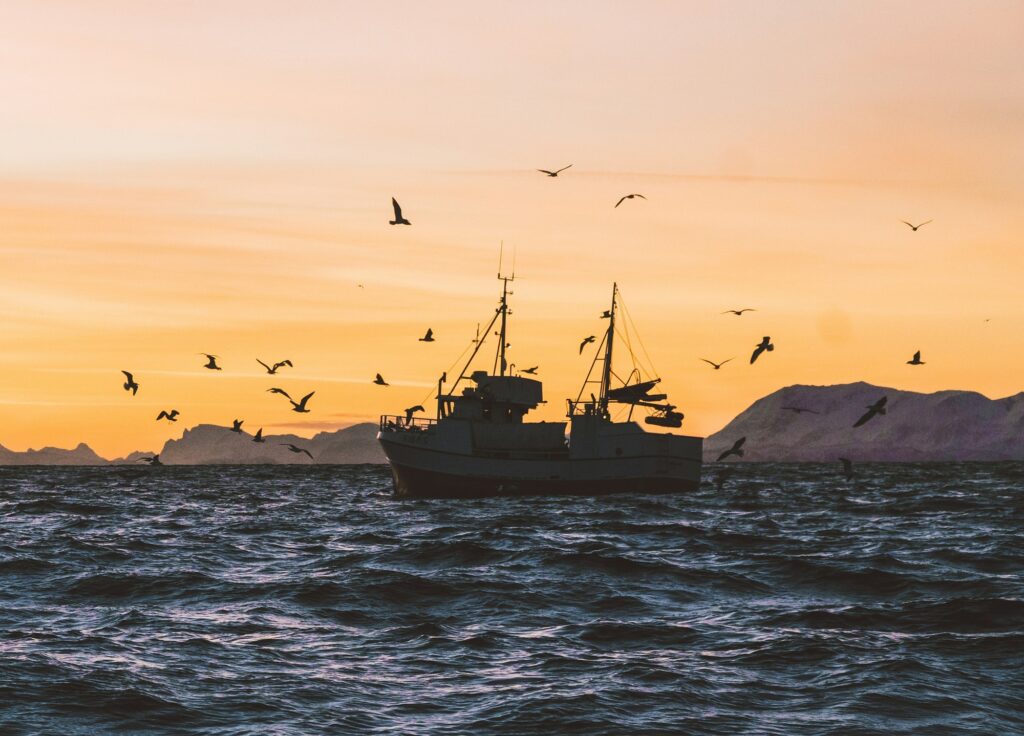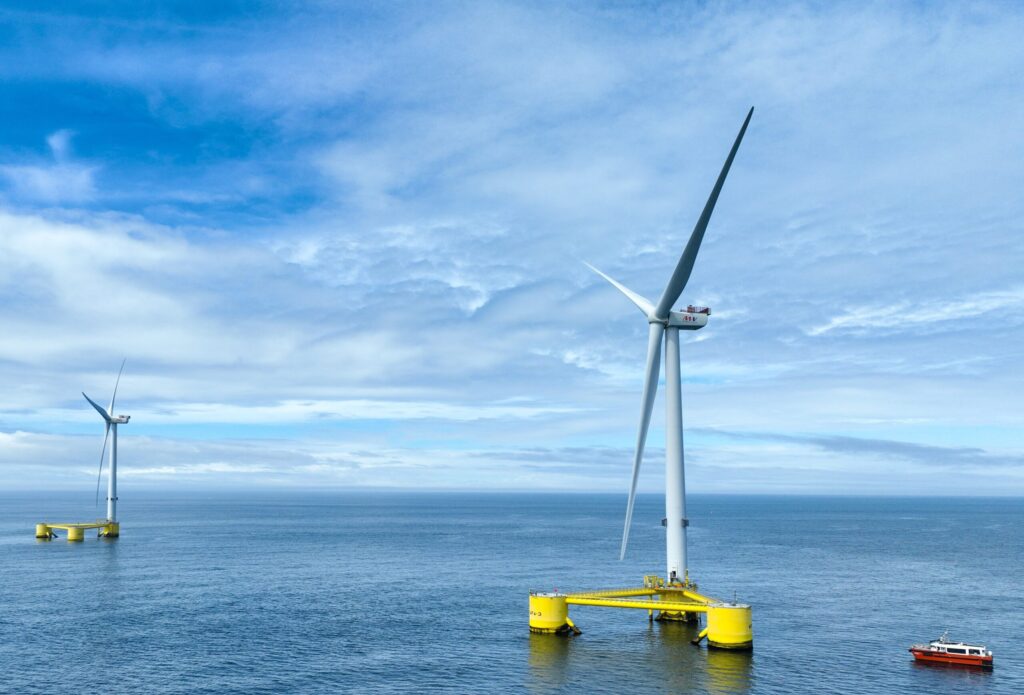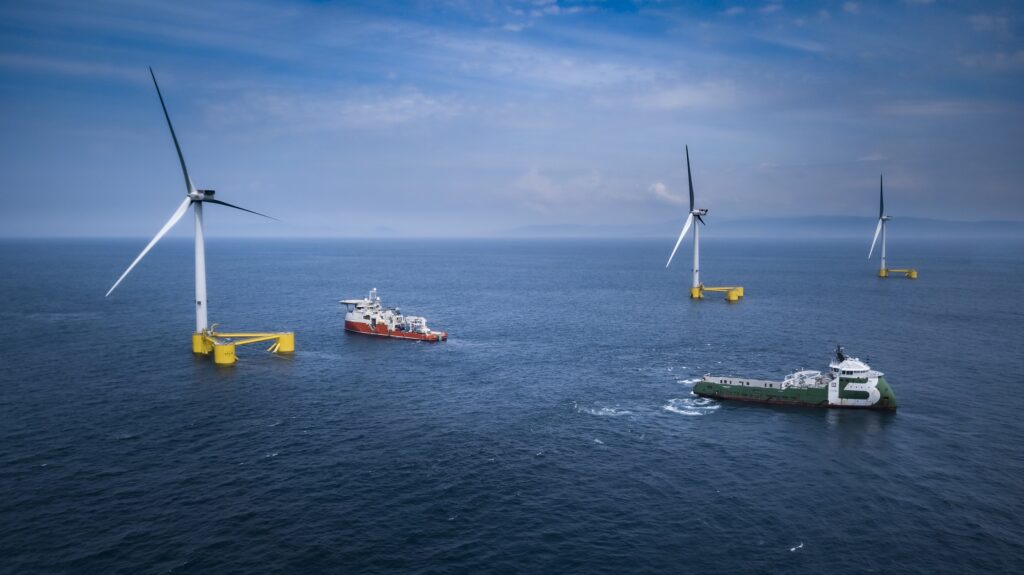Floating offshore wind (FOW) developers are anticipating a significant increase in floating offshore wind deployment over the next decade; the first commercial-scale floating wind farm is set to be built starting in 2029 with a UK goal of 5GW of floating wind by 2030. The influx of large turbines increases the demand on offshore construction and maintenance activities.
A key aspect to ensure reliable maintenance, is safe and effective transfer for technicians from shore onto turbines. However, there are concerns regarding transfer safety, optimal transfer method, and lack of standardisation.
This project aims to better understand different access methods, focusing on:
• Crew Transfer Vessels (CTV)
• Service Operational Vessels (SOV) with Daughter Crafts (DC)
• SOV with a Walk-to-Work (W2W) gangways
• Helicopters
The project began with a review of each method using currently available literature and stakeholder engagement. Next, different access methods were assessed using the OrcaFlex modelling software. Finally, logistical modelling measured impacts of various access limitations on key performance indicators (KPIs).





